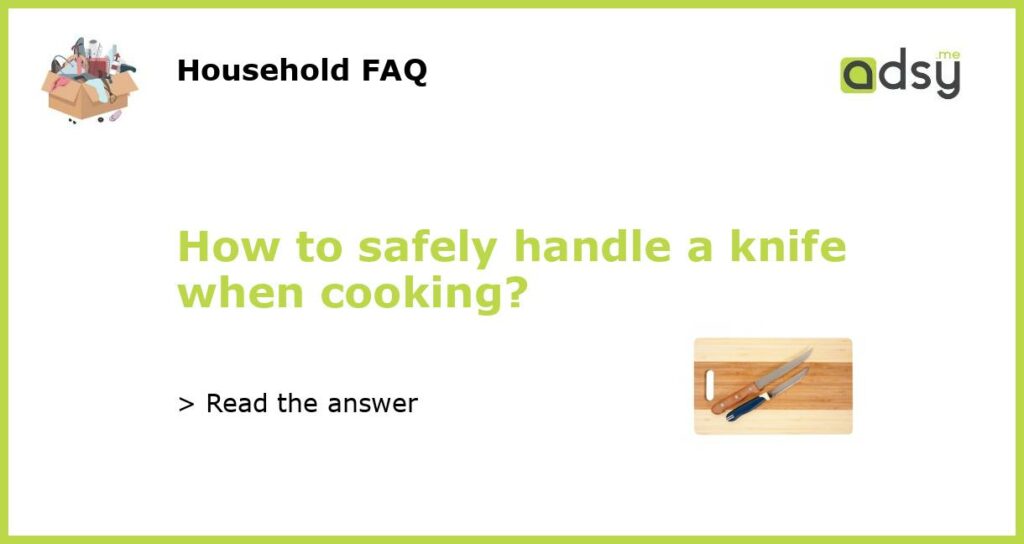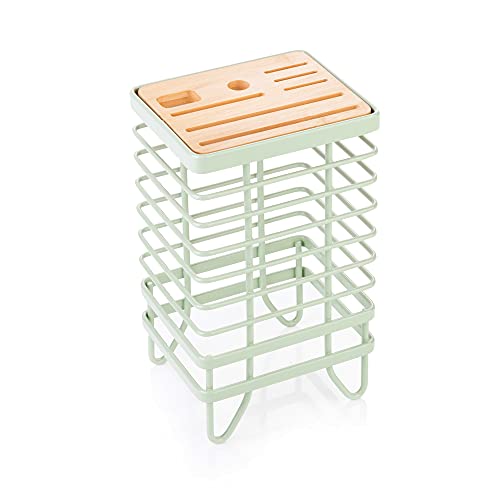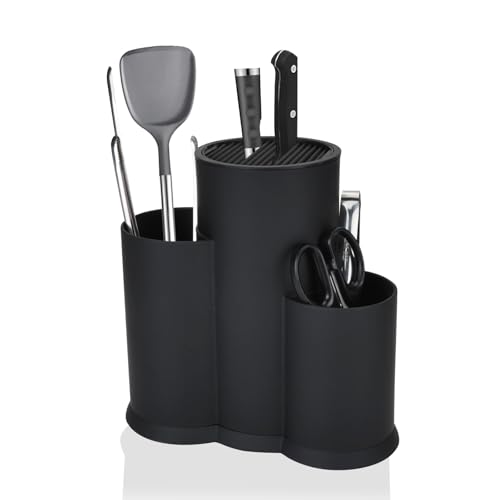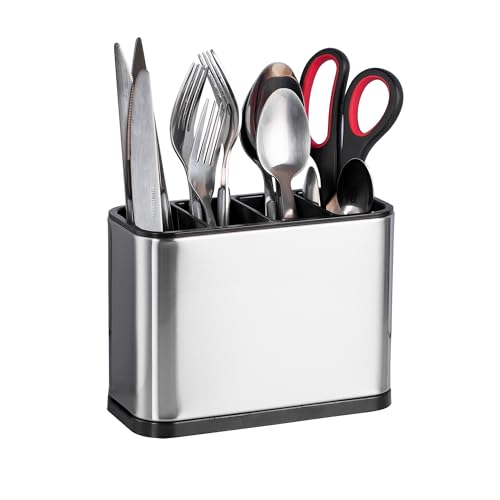Understanding the Basics of Knife Safety in the Kitchen
Cooking is an essential life skill that requires a good understanding of kitchen safety practices, especially when it comes to handling sharp objects like knives. Learning how to safely handle a knife is crucial to prevent accidents and ensure a smooth and efficient cooking process. By following a few simple guidelines, you can keep yourself and others safe while enjoying the art of cooking.
Choosing the Right Knife and Keeping it Sharp
Before diving into the proper techniques for handling a knife, it’s important to choose the right knife for the task at hand. A quality, well-maintained knife is much safer to use than a dull or inappropriate one. Invest in a reliable chef’s knife with a comfortable grip, and ensure that it is always sharp. A dull knife requires more pressure to cut through food, which increases the risk of slips and injuries.
Regularly sharpen your knife using a sharpening stone or a honing rod. A sharp knife offers more control and reduces the chances of accidentally cutting yourself. If you are unsure about sharpening techniques, consider investing in a professional knife sharpening service to maintain the knife’s edge.
Correct Grip and Hand Placement
The way you hold a knife plays a significant role in preventing accidents while cooking. The most common grip is called the “pinch grip” or “chef’s grip.” To achieve this grip, place your thumb and index finger on either side of the blade near the bolster or the heel of the knife. Wrap your remaining three fingers around the handle for support and stability.
Ensure that your hand placement allows for full control over the knife without extending your fingers too far beyond the handle, which may increase the risk of accidents. Keep your fingers slightly curled, preventing them from coming into contact with the blade while cutting.
Proper Cutting Techniques
Using the right cutting techniques is essential for both safety and precision in the kitchen. To begin, always use a stable cutting board on a flat surface to prevent the board from slipping. Hold the food item firmly with your non-dominant hand in a way that keeps your fingers tucked away from the blade.
When slicing or chopping, focus on maintaining a controlled downward motion with the knife, using the entire length of the blade. Avoid exerting excessive force or applying sideways pressure, as this can lead to slips or mishaps. If you need to cut small, round objects like onions, carrots, or potatoes, consider cutting them in half first to create a flat surface for stability.
Cleaning, Storing, and Maintaining Your Knife
Proper care and maintenance of your knife are vital for its longevity and continued safe use. After each use, clean and dry the knife thoroughly to prevent the buildup of bacteria or rust. Handwashing with mild soap and warm water is typically recommended over using a dishwasher.
When not in use, store your knife in a designated knife block, sheath, or on a magnetic strip. This ensures the blade is protected and prevents accidents when reaching for other kitchen tools.
Remember to periodically check your knife for any signs of damage or wear, such as a loose handle or a blade that no longer holds its edge. If you notice any issues, consult a professional for repairs or consider investing in a new knife.
By following these guidelines, you can safely handle a knife while cooking and enjoy the creative process of preparing delicious meals without fear of accidents. Remember, practice makes perfect, so keep honing your knife skills and always prioritize safety in the kitchen!






